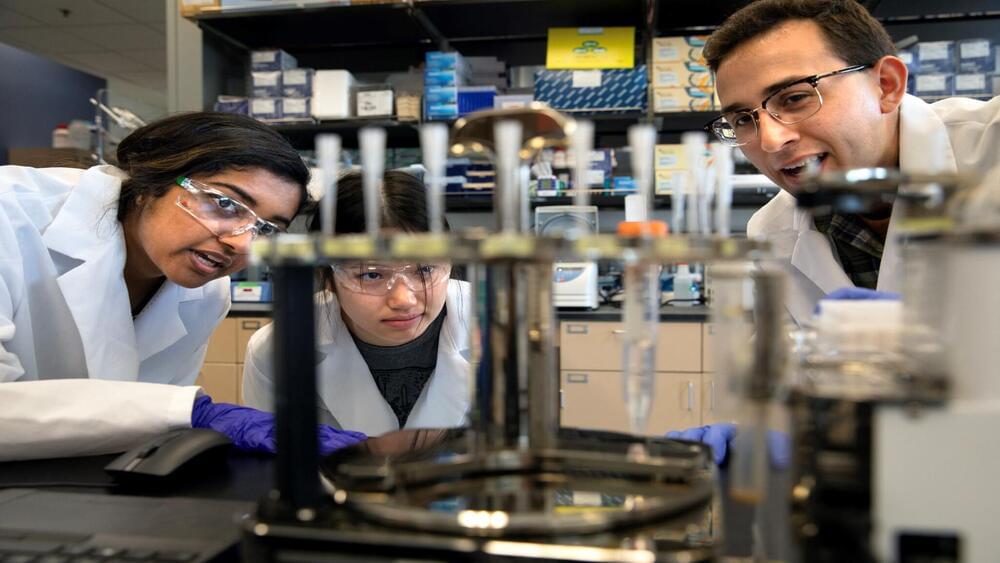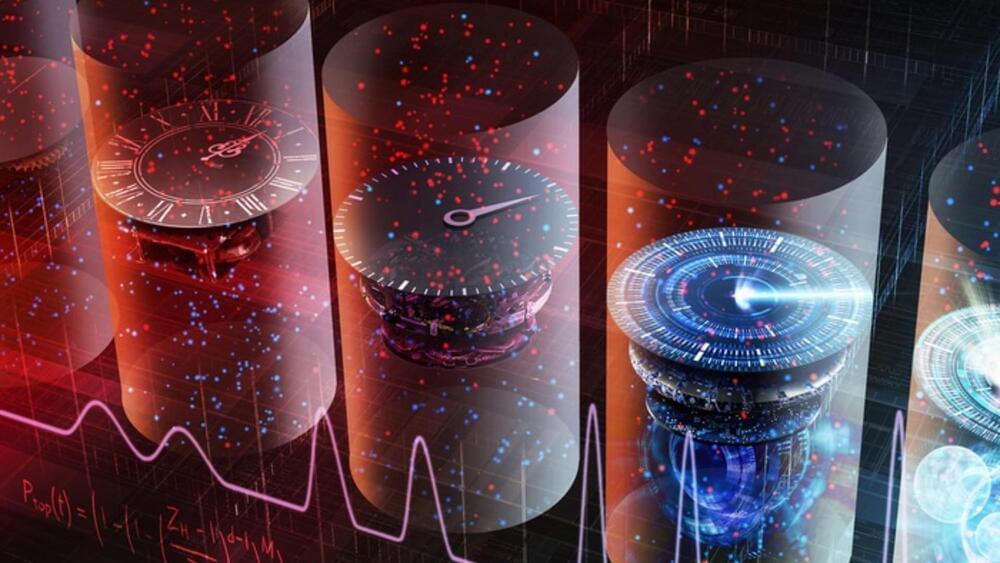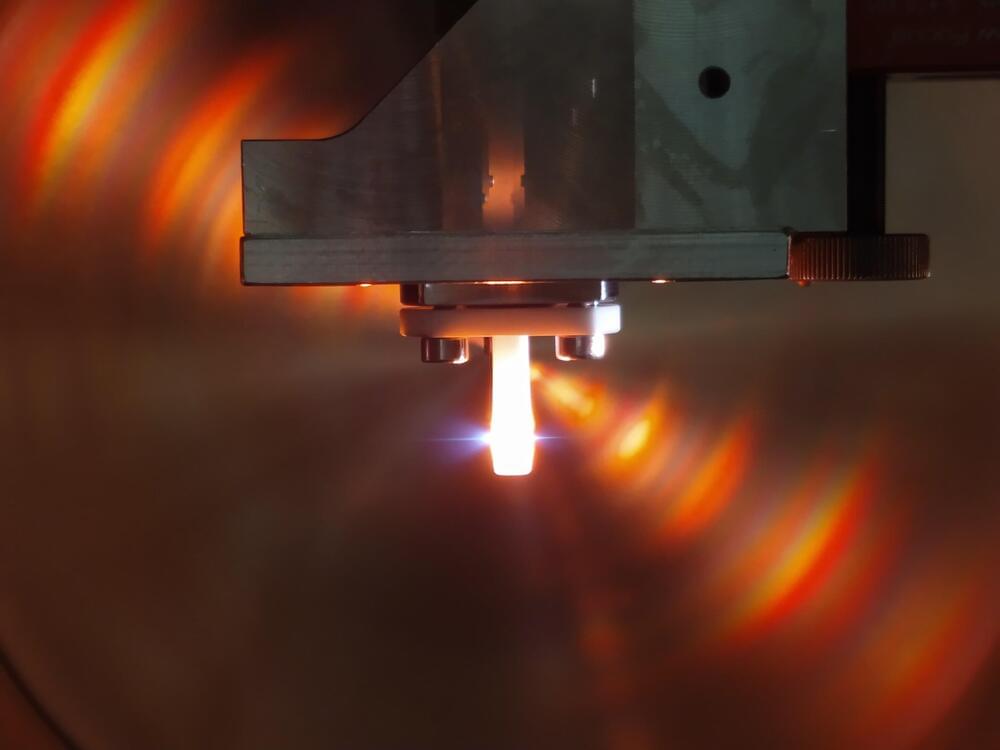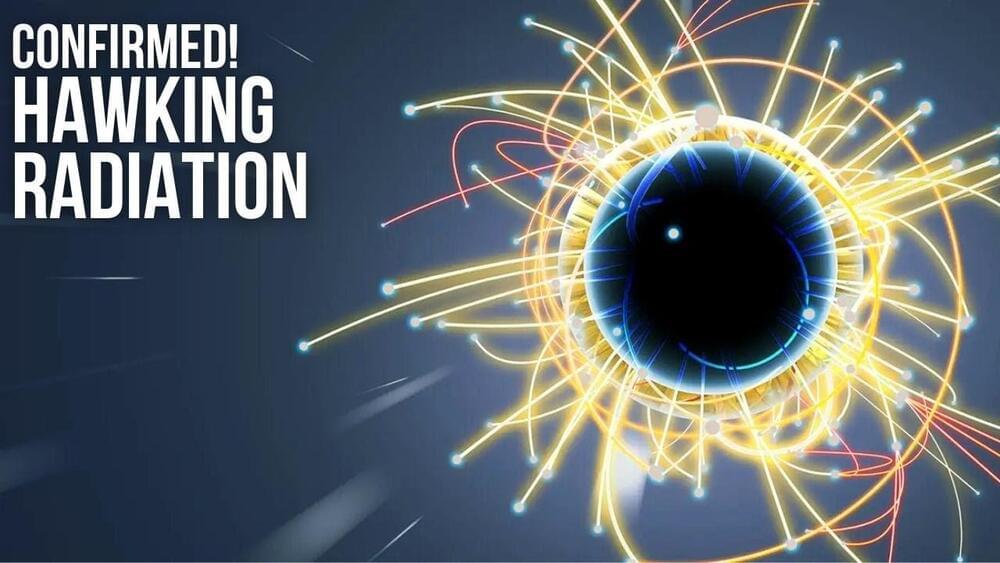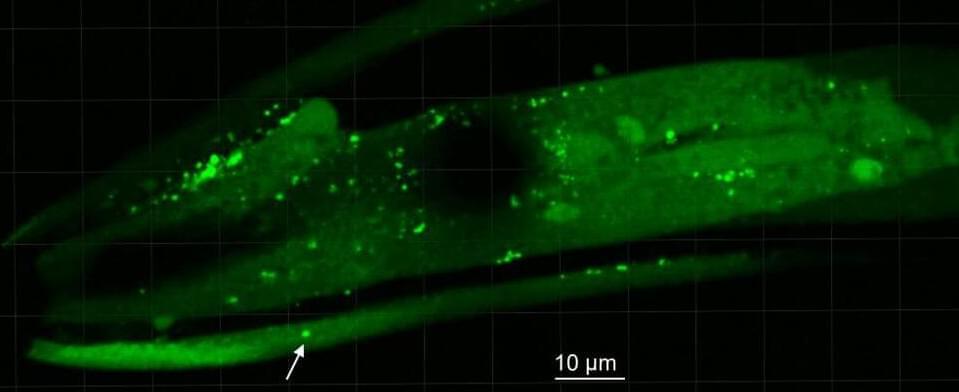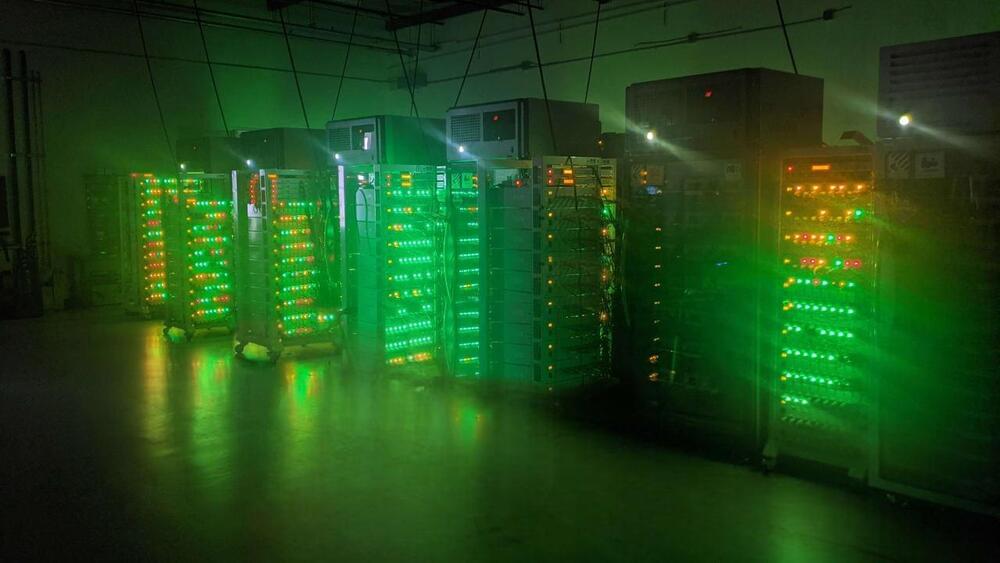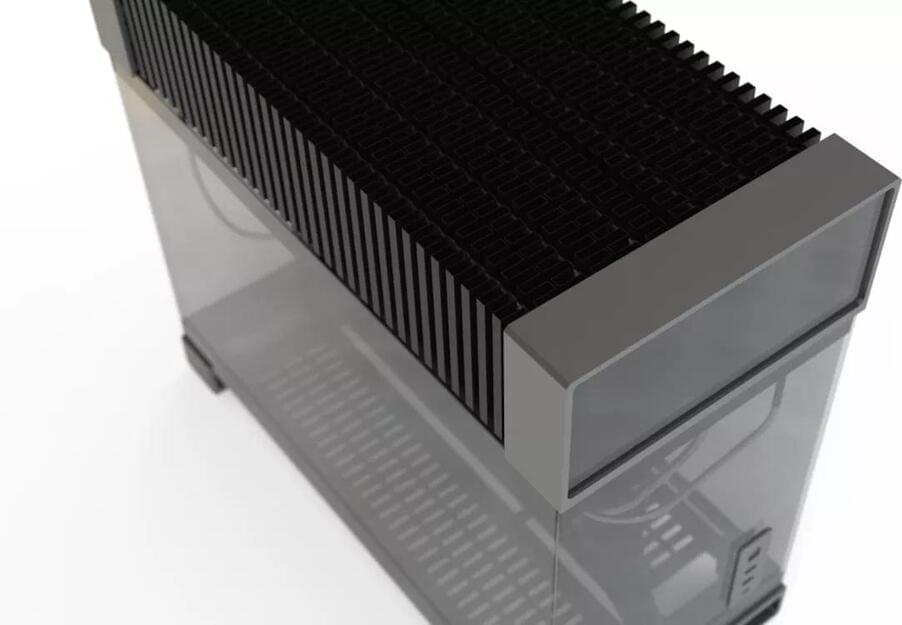May 8, 2023
BacterAI: New AI system enables robots to conduct 10,000 scientific experiments a day
Posted by Gemechu Taye in categories: biotech/medical, food, health, robotics/AI
Artificial intelligence-powered BacterAI accurately predicts the necessary amino acid combinations for growth 90% of the time.
A group of scientists has created a system powered by artificial intelligence (AI) that enables robots to conduct as many as 10,000 scientific experiments independently in a single day.
The AI system, named BacterAI, could significantly accelerate the pace of discovery in a range of fields such as medicine, agriculture, and environmental science. In a recent research study released in Nature Microbiology, the team successfully utilized BacterAI to map the metabolic processes of two microbes linked with oral health.
